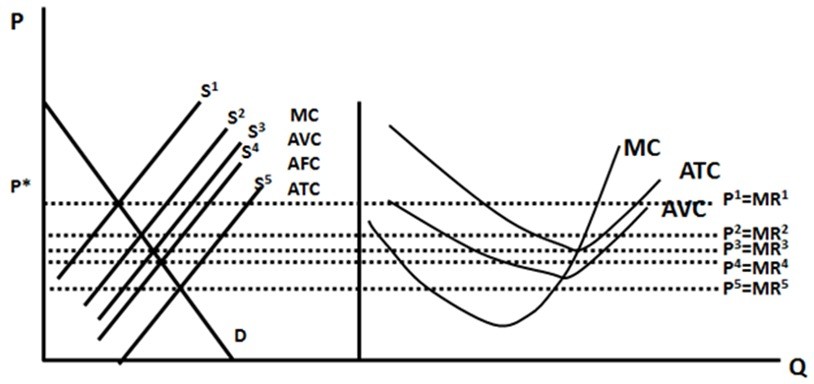A labor union anticipates a 7 percent inflation rate in each of the next three years. It wants to obtain a 3 percent increase in real wages in each of those three years. To obtain this goal, the requisite nominal wage hike it should negotiate is
a. 7 percent each year
b. 3 percent each year
c. 10 percent each year
d. 10 percent the first year and 3 percent each year thereafter
e. 21 percent the first year and 3 percent each year thereafter
C
You might also like to view...
To simplify our consumption models, suppose U.S. consumers only purchase food and all other goods where food is plotted along the horizontal axis of the indifference map
Also, suppose that all states initially impose state sales taxes on all goods (including food), but then the states exempt food from the state sales tax. How does this tax policy change alter the consumer's budget line? A) Makes the budget line steeper B) Makes the budget line flatter C) Parallel rightward shift D) Parallel leftward shift E) none of the above
What is meant by the term "tax incidence"? What is the tax incidence of the personal income tax? What is the tax incidence of the corporate income tax?
What will be an ideal response?
If a 15% increase in price for a good results in a 20% decrease in quantity demanded, the price elasticity of demand is
a. 0.75. b. 1.25. c. 1.33. d. 1.60.
In Figure 5.8, if the supply curve moves from S3 to S4,
A. the firm will go from making an economic profit to a normal profit. B. the firm will go from making a normal profit to a loss that is big enough to make it want to shutdown. C. the firm will make a smaller economic profit than they used to. D. the firm will go from making a normal profit to a loss but one that is not big enough to make it want to shutdown.